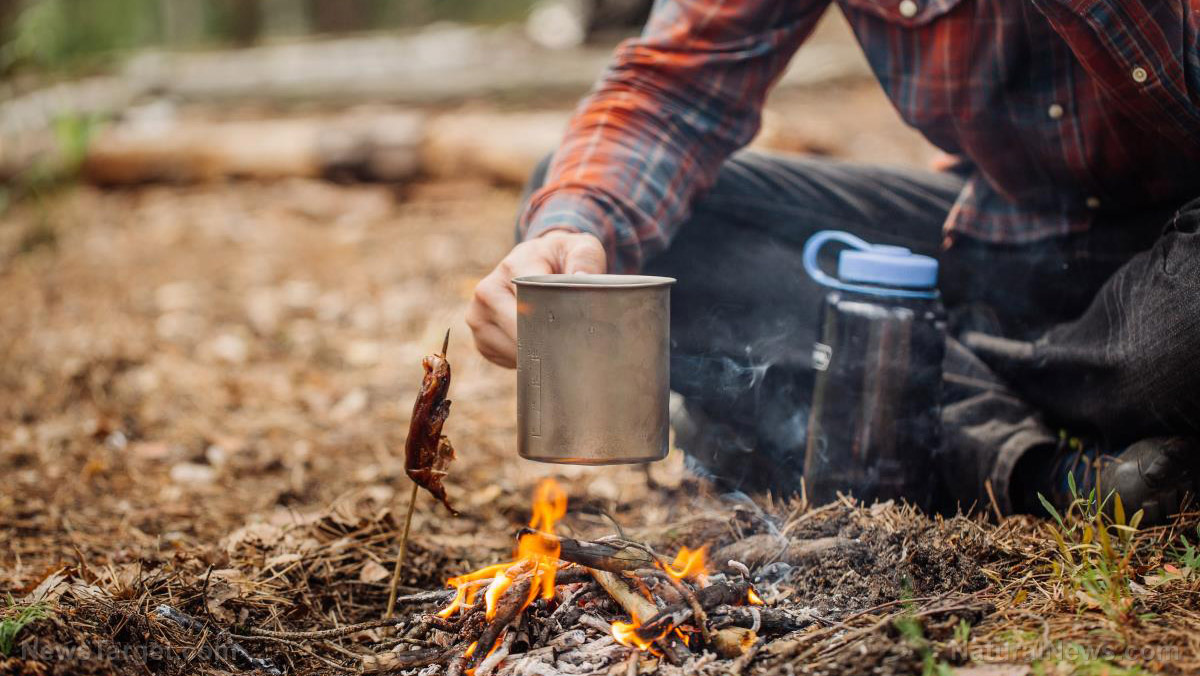Panic rooms are investments that keep on giving. You can use them to securely store valuable prepping items, a place to hide your family should a home invasion occur, or make it your home base if a collapse sweeps through your area. But it only really works in any of these scenarios if it remains a well-guarded secret from construction to use. Is it possible to construct a panic room without anyone knowing? Yes, it is, and here’s how. (h/t to Survivopedia.com.)
- First and foremost: Secrecy is of the utmost importance, so do everything you can to maintain it. Think about how you’ll cover up your activities and when you should pull them off. Familiarize yourself with the rules and regulations of your area to avoid running into trouble while making your modifications. Don’t invite people into your home while construction is ongoing, no matter how close you are to them. Remember that “loose lips sink ships.”
- Pick a good location: Rural is the way to go since this will give you more freedom to build your panic room to your specifications. If you’ve yet to fully put up your home, consider including a hidden room in the plans. Ideally, it should be on high ground to keep it safe from flooding, have fortified outer walls and doors, and, if it’s in the basement, have an escape tunnel at the ready. Live in the city? Try to rent an apartment in a building of stone and brick. Avoid wooden structures. These can be broken down or burnt by really determined intruders. In addition, you should factor in the qualities that make a good panic room:
- It should be properly anchored to resist being lifted up and overturned.
- Its walls, doors, and ceilings should be able to resist wind pressure and damage from falling debris or windborne objects.
- Its connections must be sturdy enough to withstand the wind.
- Be selective about your supplies: Tools and materials that make too much noise, emit strong odors, or just plain look out of place in your home should be avoided as much as possible. The sounds of hammering and drilling at ungodly hours are sure to arouse the suspicion of a few of your neighbors. If you have no choice but to use these tools, pretend to work on another project. Make it a point to appear as though you’re hard at work at this high-visibility project to satisfy the curiosity of those around you.
- Where can I get supplies? You can purchase what you need from commercial building supply stores, surplus supply outlets, and private individuals selling unused materials. Just be sure that you don’t buy it all from the same place at once. You’ll look like you’ve got a huge project underway, which is the last thing you want people to think. Space it out so that you’ll buy from different stores at various times. As for payment, opt for trading or bartering as much as you can. These processes are paper-less, so your activities will remain untraceable. Consequently, you should hold off paying with credit cards and store credit since these leave behind huge paper trails.
- Be careful when transporting your supplies: Any materials that can fit in your grocery bag should be placed in there. For lumber, sheetrock, and other larger materials, it’s best to have them cut down to size before bringing them into your home. Use the cover of the night to really make sure that no one will see you. (Related: Prepping tip: How to hide your valuables in plain sight.)
- Be careful when cleaning up too: As a rule of thumb, you should never burn the leftover debris from your construction efforts. Not only will this attract unwanted attention, but you also risk the fire getting out of hand and possibly spreading to other buildings or to your nearest woodlands. Instead, get rid of as much debris as you can after each session to prevent it from piling up. Lighter debris can be tossed in with your regular trash, while medium-sized debris can be hidden in soiled cat litter bags. The largest of your construction debris should be cut up until it’s small enough to fit in with the rest of your trash. If you like, you can donate them to local building relief programs.
Now that you’ve got your own secret panic room, what should you put in it? Find out the most important prepping and survival supplies to have on hand by visiting Preparedness.news today.
Sources include:
Survivopedia.com
Family-Survival-Planning.com
Receive Our Free Email Newsletter
Get independent news alerts on natural cures, food lab tests, cannabis medicine, science, robotics, drones, privacy and more.





























